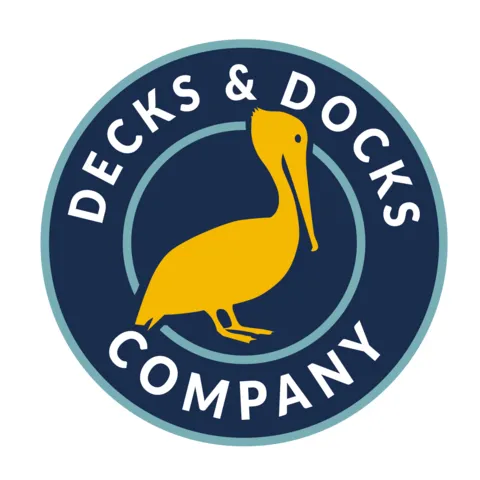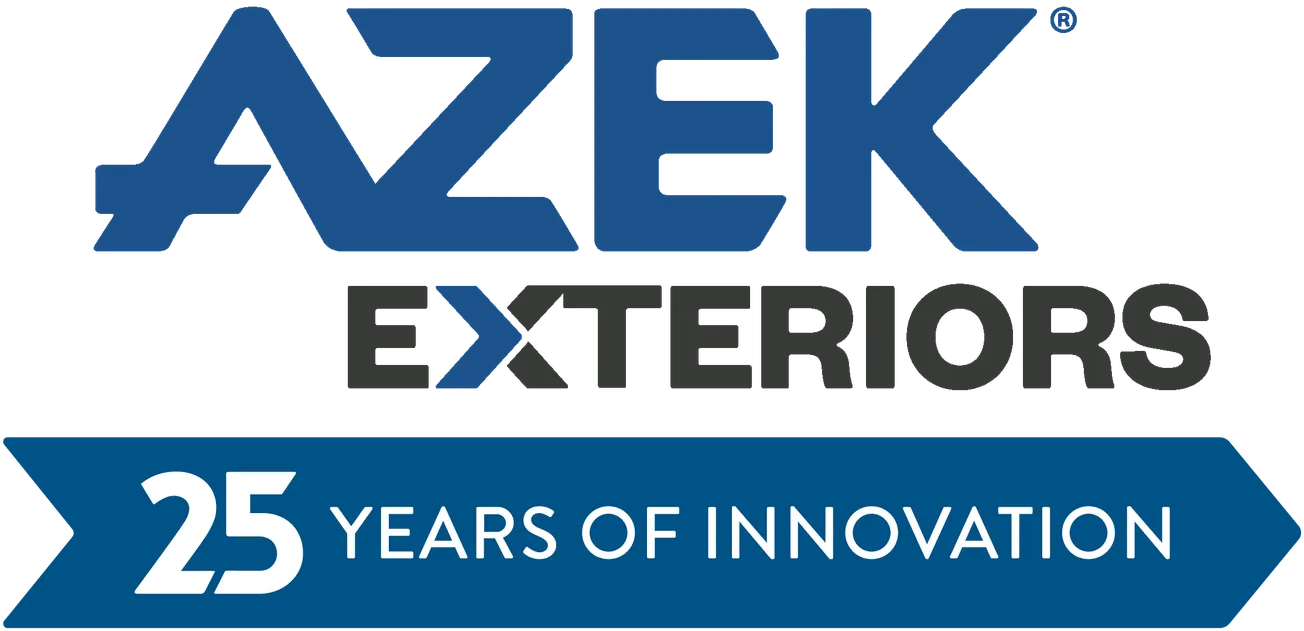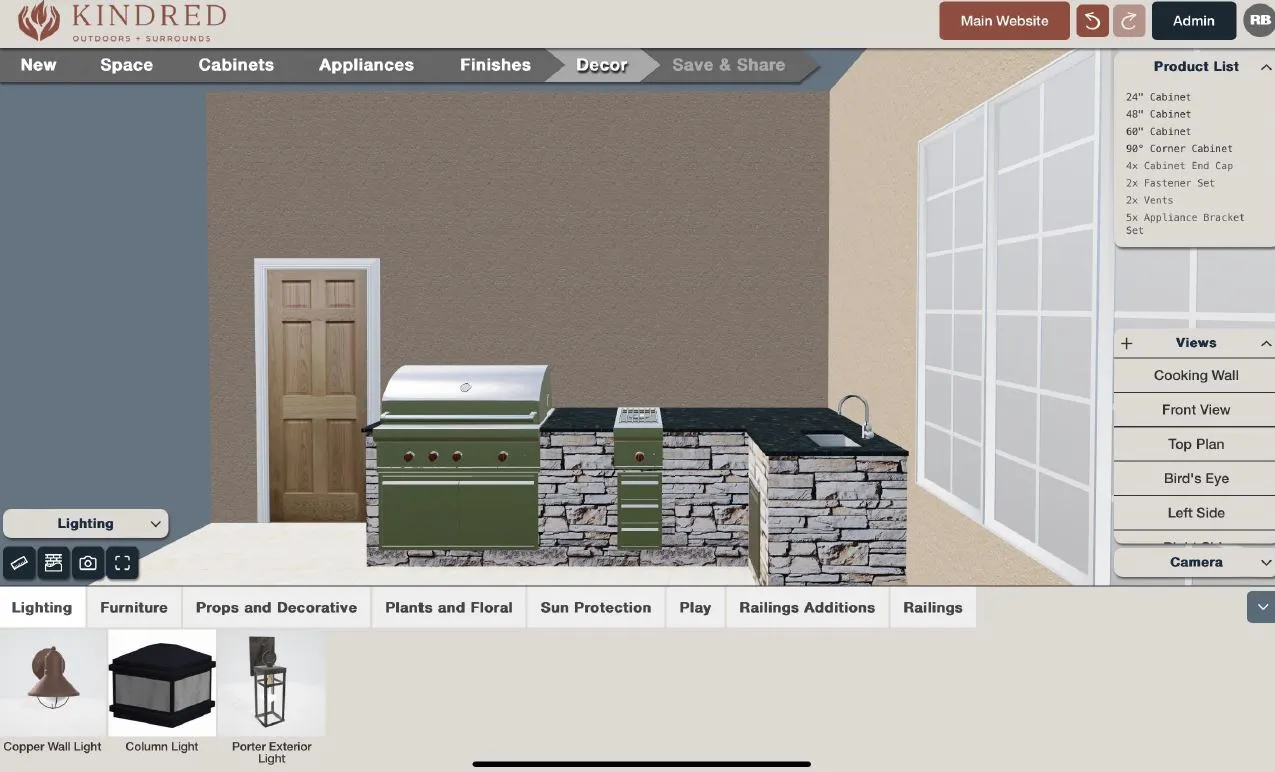Table of Contents
Let’s talk about processes. Why?
Because it helps to generate profit. We will talk about it in three steps. Marketing process, quoting process, and construction process. You must have a working plan for all three, and an allocation of the sale price of each project for all three. Today is marketing day.
Why do you advertise? Is it to get your name out there? Perhaps to get calls from people who want decks? Well, duh. You need jobs to stay in business. First and foremost, if you are marketing to get your name out there… STOP! You’re wasting your time—especially if your company has a name that is based on your initials or some unmarketable collection of letters. The days of “AAA” Whatever ended with the death of the Yellow Pages.
Today, you need a name and messaging that will be remembered, not indexed. Something that clearly states what you do. Pick a name, but don’t blow your dough trying to get it out there. It is merely a name. It is a way for people who hear about your exemplary reputation to identify you. Your marketing needs to be a reflection of your performance, not your name. This has everything to do with the vehicles we choose to market our performance. Your message should be one of luxury, performance and satisfaction—how your service affects your prospect’s life, and why you are the best. I’m not a fan of discounts and coupons on marketing.
Everything I ever looked at for marketing—from printed magazines to direct mail, home shows, Google Adwords, and websites—has a record of circulation and a record of demographics.
You must become a pro at getting this information and using it in an actuarial equation. Who’s seeing the marketing, how many need what you have, how many need it now, and how many will call you.
For example, I am looking at a direct mail cardstock mailer that goes into the mailbox of 2,000 homes, and the average home in this area is $200,000. Out of those 2,000 mailers, I want to speculate that 10% are potential customers, and that 10% of those are today customers, and that 50% of those are able to buy from me. Let’s say the mailer costs me $2,000, or a dollar per house. Ten percent are possible customers, so now $10 per house, and 10% of those are today customers who actually call for a quote; that’s $100 per house. If I close half the prospects I see, my lead cost on this mailer is $200. The others that may buy in the future fold into compounding lead cost, and the
returns on those depend on how many times you intend to use this mailer.
Let’s not worry about the higher fruit and discuss the low-hanging fruit. I like to allocate around 3% for advertising expense from every job I built last year to fund this year’s marketing. This is a rule you can break.
You decide what you want to spend, but get yourself a formula and stick to it. I’ve seen companies spend much more or much less. So, back to my math, let’s say the decks I am going to sell in that area where this mailer went are an average of $20,000 (remember the 10% of home value rule?), then I need to sell 3.3 projects or about $66,000 in gross sales to cover the lead cost allocated at $600 per deck to cover my $2,000 invoice for advertising. The gamble is will the phone ring? And then you actually have to be a good salesperson to close 50% of what you quote.
In all actuality, I’m a bigger fan of pay-per-click ads. They have a fixed cost tied to the phone call, and are usually less expensive, yet not as well qualified. In the old days, anyone in the area you choose would see your ads on the search engine and click them. That cost money. Now, they are getting very good at
demographics and who your ad is served to, and many have the click-to-call feature that puts the prospect right into your hands. You aren’t charged unless they call you, but it is higher. The ads are served oftentimes at no cost based on your willingness to pay for the clicks. The downside is the content of these ads may not be as descriptive of your performance as a direct cardstock mailer. Learn this method of advertising. It is a great thing to master, and you get to turn it on and off as you need leads, rather than having to ride it out.
My opinion on home shows is not good, but others I know disagree with me. You must use the math to determine your footprint and effort in a home show. If 800 people show up, who’s a buyer? They offer zero control over median home pricing and who wants to buy, and they are expensive to do.
Finally, any forum where people will tell other people about how good you are is by far and large the very best advertising you could ever ask for. I had 50 reviews on an online membership-based “list” that were all stellar, and no negative reviews. The leads from this membership-based website were fish in a barrel, and this was virtually free. We had to be perfect craftsmen on the projects to get them, so there is a cost for this, but far less than the advertising buy.








